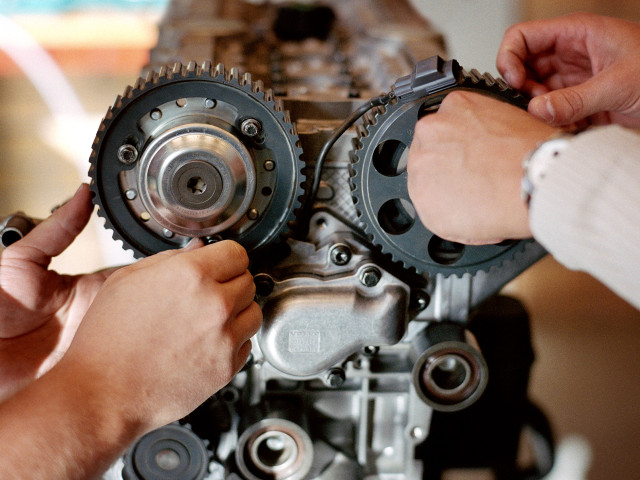The course is divided into 10 main parts:
- Energy forms, fundamental thermodynamic concepts. The zeroth law. Applications of the first law of thermodynamics on closed and open systems, the energy equation, State quantities (temperature, pressure, specific volume, internal energy, enthalpy).
- The properties of ideal gases and ideal gas mixtures.
- Idealised changes of state, such as e g isothermal, isobaric, isochoric, isentropic and polytropic processes. Processes in compressors and turbines. The Carnot cycle, the second and third laws of thermodynamics, entropy and exergy.
- Cycles with gaseous media such as the Otto, Diesel, Joule/Brayton, Ericsson, and Stirling cycles.
- The properties of real media, their representation in state diagrams, and applications.
- Basic steam power processes.
- The compressor-driven evaporation cooling process, heat pumps, the concepts subcooling and superheating.
- Basic relationships for incompressible and compressible flow in ducts and nozzles for reversible cases and for incompressible flow with losses.
- Fundamental concepts, general laws and calculation methods for heat transfer, heat exchangers.
- The properties of humid air, its state diagrams and applications.
